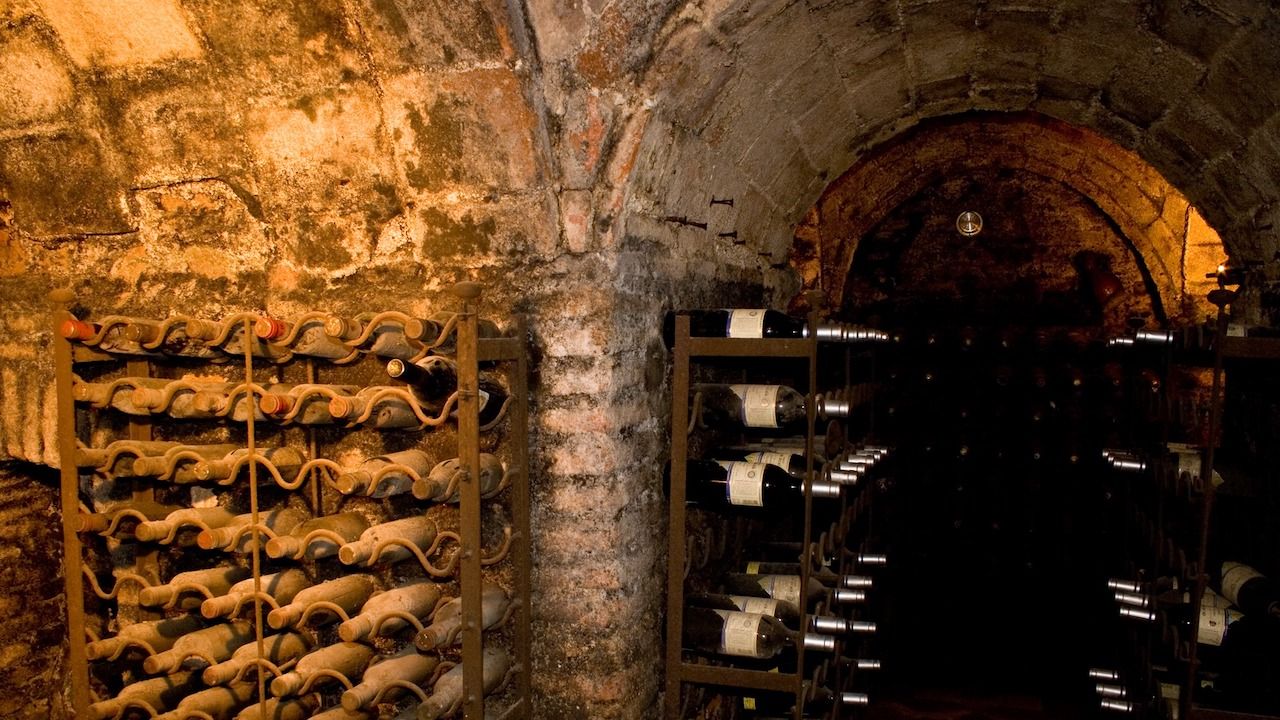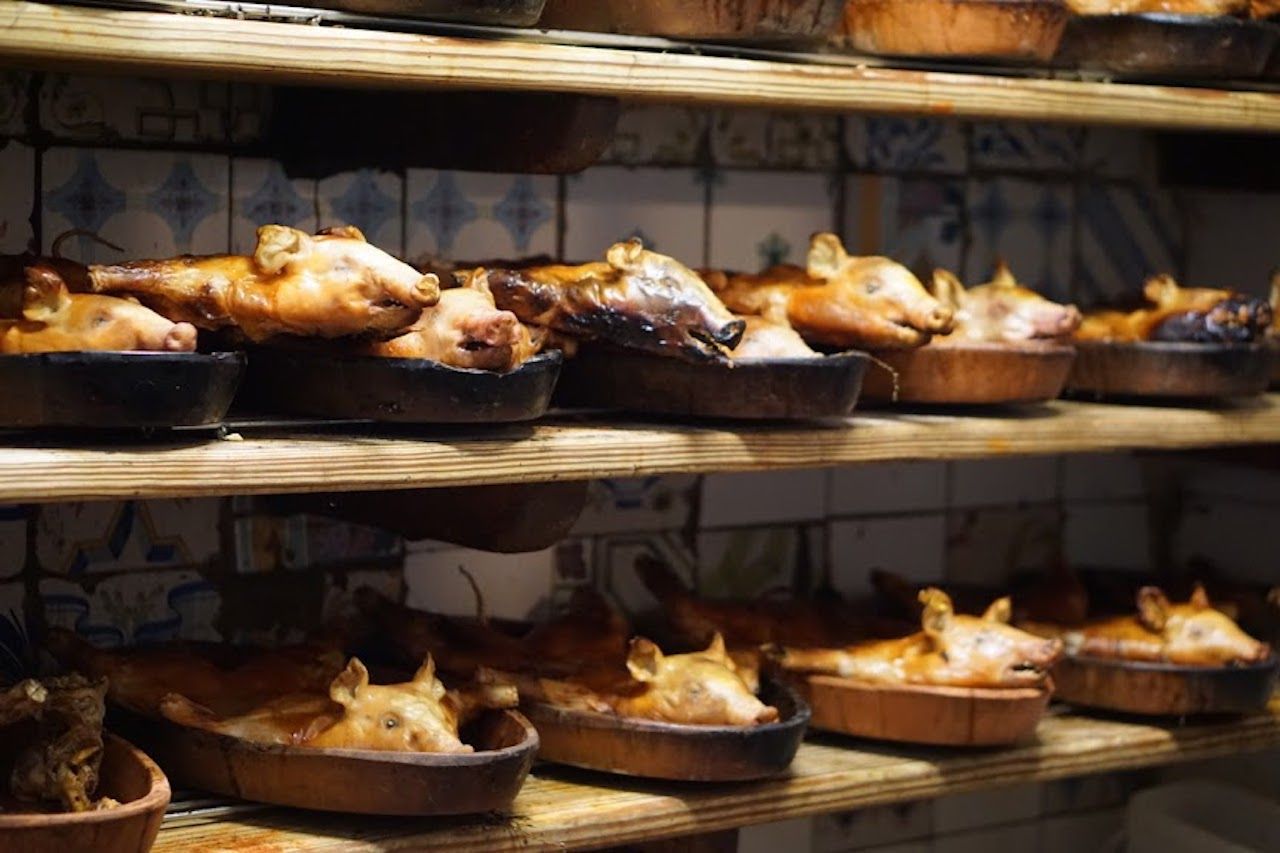The first thing you notice about Sobrino de Botín is the smell.
When you enter the 430-year-old building, you’re hit by mouthwatering aromas of garlic, bay leaves, and slowly roasting pork. Botín serves some of the most captivating food in Madrid — just mention the cochinillo asado (roast suckling pig) to a local and you’ll see their eyes glaze over and their mouths salivate.



